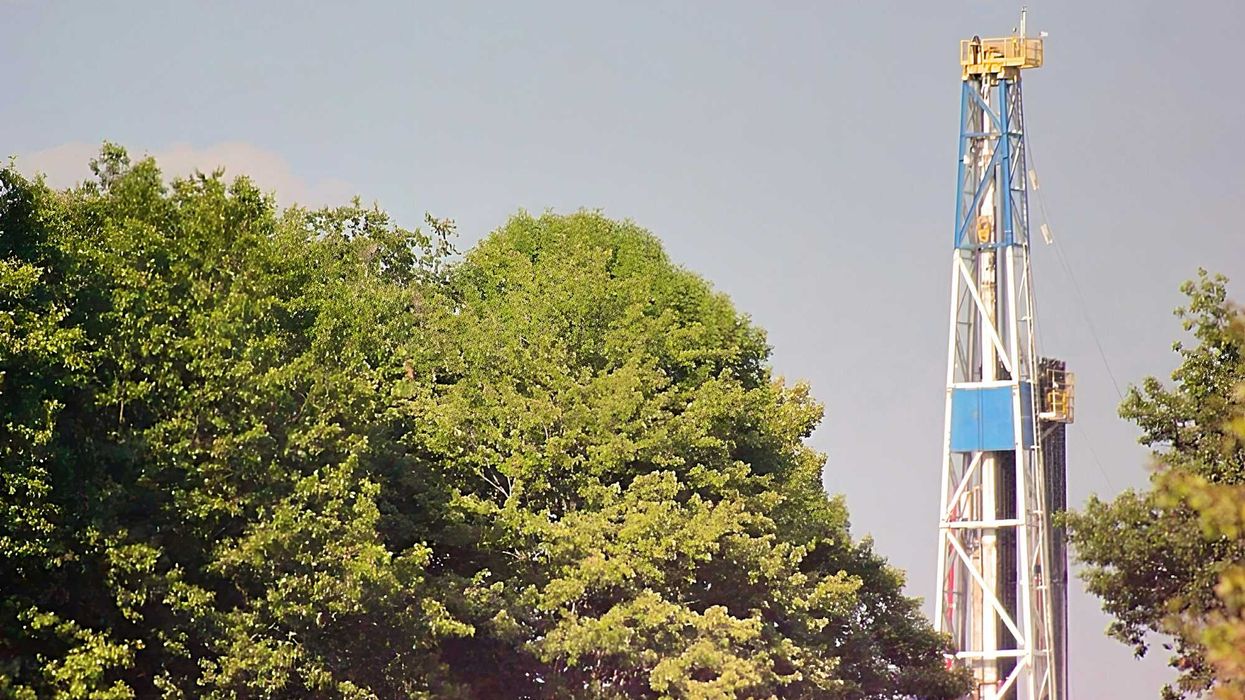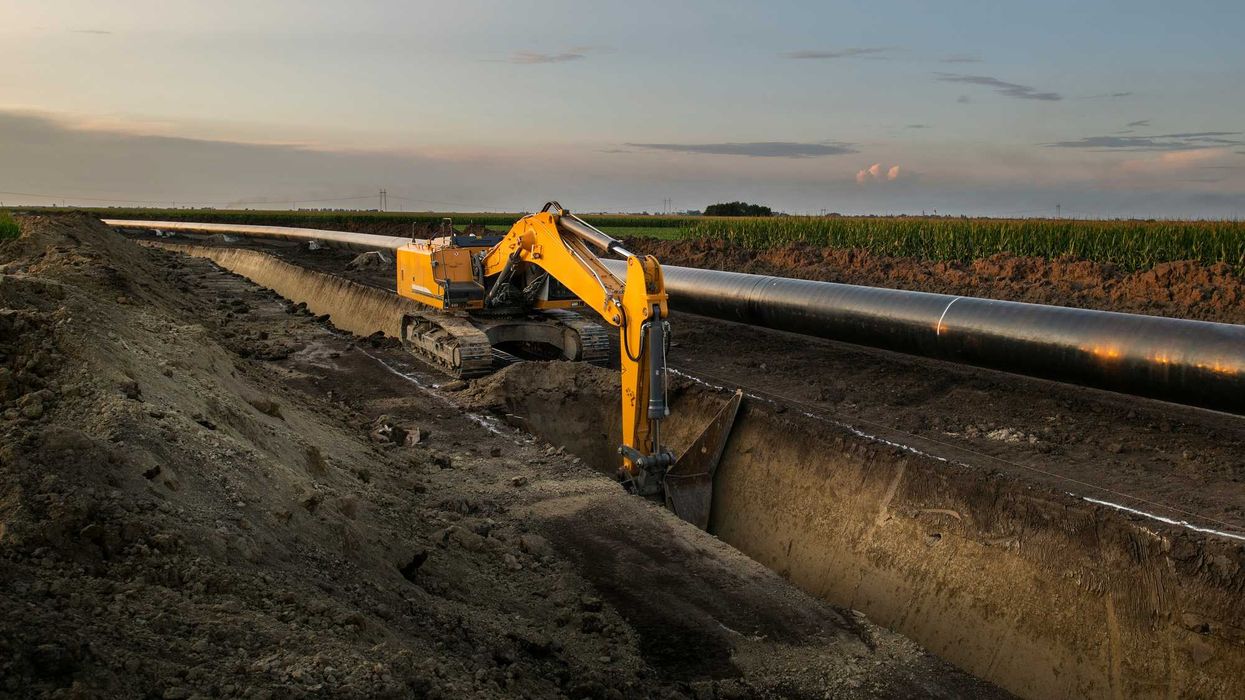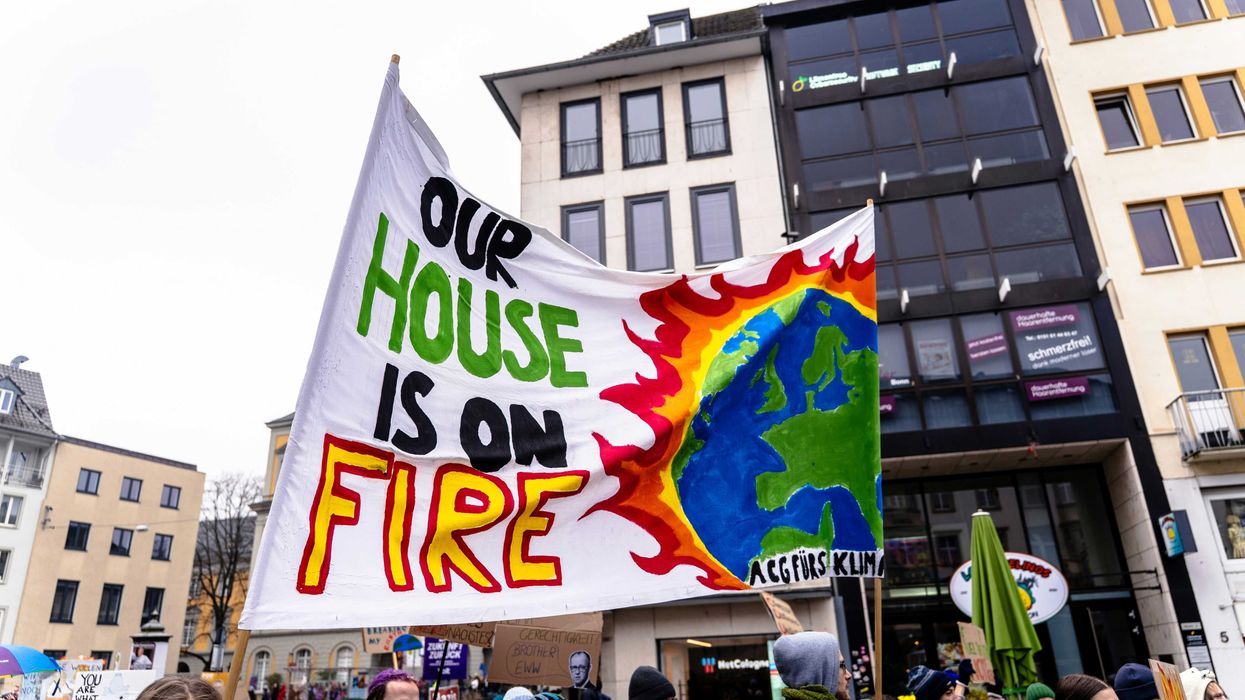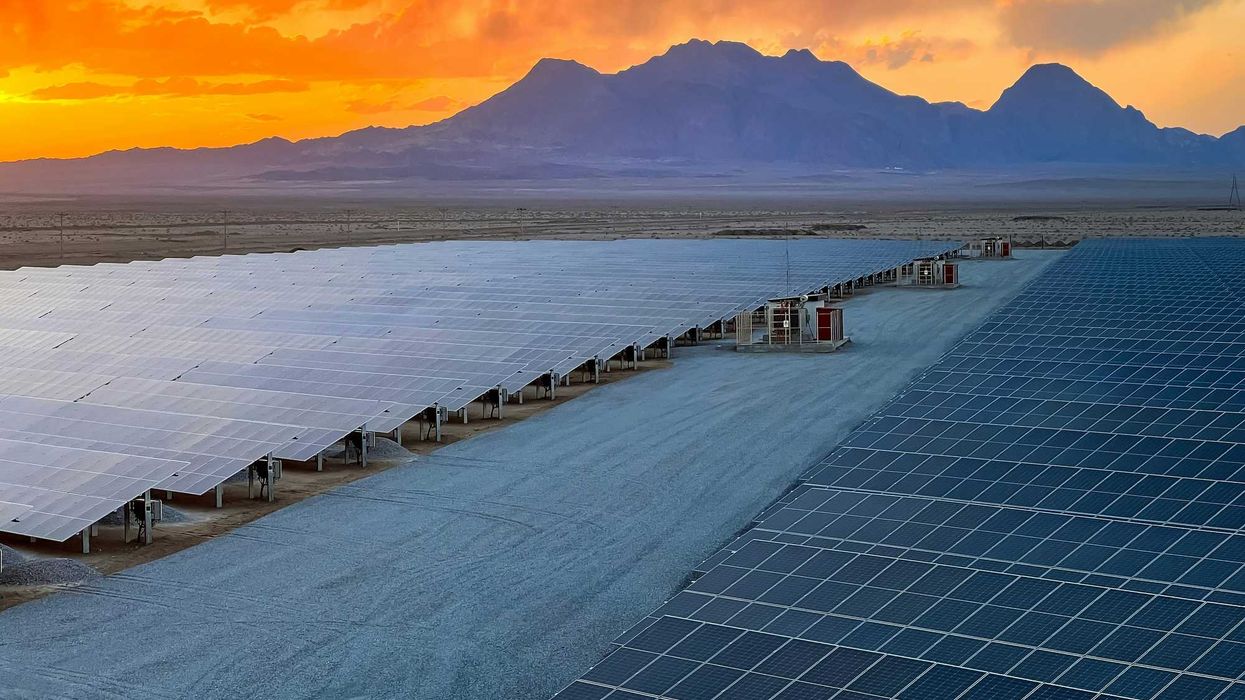A wave of staff departures from the U.S. Department of Energy has raised fears over the future of a massive nuclear waste cleanup at the Hanford site in Washington state, where millions of gallons of radioactive material remain from the atomic weapons era.
Andrew Buncombe reports for The Guardian.
In short:
- The Hanford site, once a key facility in the U.S. nuclear weapons program, still stores 56 million gallons of radioactive waste in underground tanks, with cleanup efforts projected to cost $500 billion and continue into the next century.
- Recent staff losses at the Department of Energy, including experienced managers and scientists, are tied to a federal downsizing initiative overseen by the Elon Musk-led Department of Government Efficiency, sparking bipartisan concern over the project’s continuity and safety.
- Local Indigenous leaders, environmental advocates, and former Hanford workers are calling for greater transparency, as many face health complications linked to exposure and find the compensation process confusing and inaccessible.
Key quote:
“This level of reduction in staffing raises serious concerns about oversight, accountability and continuity.”
— Nikolas Peterson, spokesperson for Hanford Challenge
Why this matters:
The Hanford site is among the most contaminated places in the Western Hemisphere. A remnant of the atomic age, it holds waste from decades of plutonium production, including what was used in the bomb dropped on Nagasaki. Much of this material sits in aging, leaking tanks near the Columbia River, one of the Pacific Northwest’s most vital waterways. As federal oversight thins, the risk of further contamination grows. Radiation exposure has already harmed workers and residents, including those in Indigenous communities whose ancestral lands were seized for the project. Concerns about cover-ups—like the 1949 “Green Run” test—underscore a long history of secrecy and neglect. Any delay or disruption in cleanup threatens both the environment and communities that live with Hanford’s toxic legacy.
Read more: Massive solar project moves forward at contaminated nuclear site














